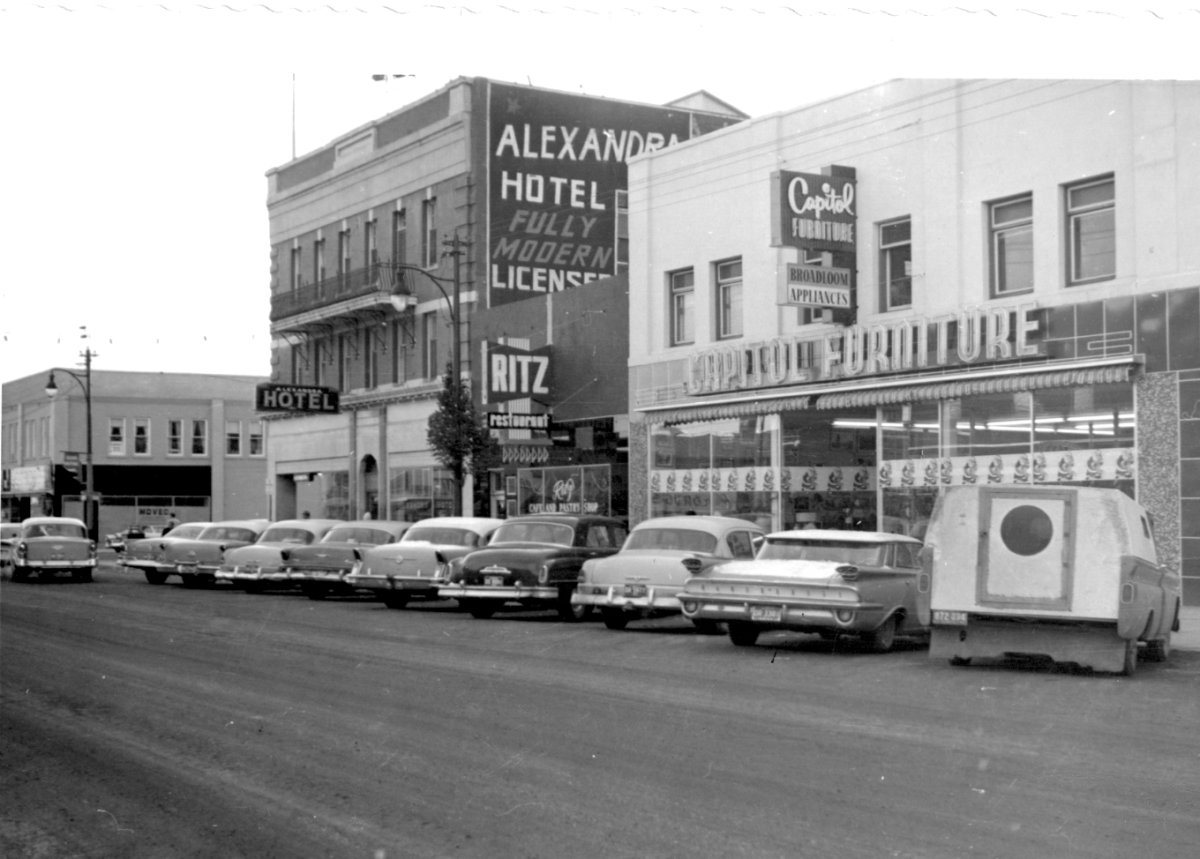The City of Lethbridge is separated into three sections: north, south and west, with the two former located on the eastern divide of the Old Man River.

In 1971, the west was included in the municipal census for the first time, boasting 68 residents, compared to 26,442 in south Lethbridge and 14,346 in north Lethbridge.
Ten years later though, the west had already grown to around 7,400 residents. In 2002, it surpassed the north’s population, and in 2009, it passed the south’s.
Aimee Benoit, curator with the Galt Museum & Archives, says although the history of west Lethbridge is fairly new, the idea of it isn’t.
“Even in the early 1900s when there was a big residential boom between the years of 1906 and 1912, there was a lot of land speculation happening, so there were plans very early on.”
But Benoit says those plans were put on pause by as a result of economic downturns and World War II.
A small community called “The Bend” was formed near the river in the early 1900s, but was the only community present until decades later.
“It was really the development of the University of Lethbridge on the west side that changed the course of development in west Lethbridge,” she said.
The first neighbourhood developed in west Lethbridge was Varsity Heights, followed by Indian Battle Heights and Mountain Heights.
“Residential development was quite slow at first because there wasn’t a great crossing,” Benoit explained.
“Whoop-Up Drive wasn’t built until 1975, so residents and people getting to the university had to use the Highway 3 bridge.”
When that development did happen, construction took off, using a different approach than what had been seen in the eastern part of the city.
“There was a school of thought in terms of the curvilinear development, so that’s why you see a lot of those arterial roads separating neighbourhoods and creating these curvy roads,” said the city’s community planning manager Marueen Gaehring.
“That was the flavour of the day then.”
“I moved to the west side October 1992,” said Arthur Leventhal. “Everything’s so convenient, the park is nice, I worked at the university, the shopping is good.”
Emily Demyen, who has lived in west Lethbridge for seven years, says she rarely goes to the eastern part of the city.
“I really love the west side of Lethbridge because I’m from a small town in Saskatchewan and it really resembles that to me,” she explained.
“Everyone has a community and they’re all part of it.”
Communities such as Garry Station, Copperwood and Country Meadows are continuing to grow, with developments stretching further and further west.
Bunzunis says while development hasn’t stopped in other parts of the city, the newer infrastructure makes western expansion easy.







Comments